Port of Paranaguá: What you need to know about it

Port of Paranaguá, the most important port in the state of Paraná, Brazil, started to be constructed on November 24th, 1926, and was inaugurated on March 17th, 1933.
Today, almost 90 years later, the port is largest exporter of agricultural products in the country, especially soy, both in grain and bran.
Plus, Port of Paranaguá is the largest bulk port throughout Latin America and is among the largest in Brazil in container shipping.
Join us and let’s get to know further about the Port of Paranaguá!
Port of Paranaguá and its geographical location
The port is in the city of Paranaguá, on the south bank of Paranaguá Bay and located in the extreme east of the state of Paraná.
Its area of influence is made by the states of Mato Grosso do Sul, Santa Catarina, Rio Grande do Sul, São Paulo, and the state of Paraná itself, in addition to Paraguay, which even has a free zone in the port.
It is possible to access the facilities of the port through road, water, or rail. The road access is made by the federal highway BR-277 and the state highways PR-401, PR-410, PR-411 and PR-412.
The southern portion of the Sul-Atlântico S/A Railroad (part of the Federal Railroad Network S.A. (RFFSA)) allows the access by railroad, which makes the Port of Paranaguá the only port in the south of the country that has a direct railroad.
Last but not the least, there are three maritime access channels: the North, the Southeast and the main one, Galheta, that has 28.5km length.
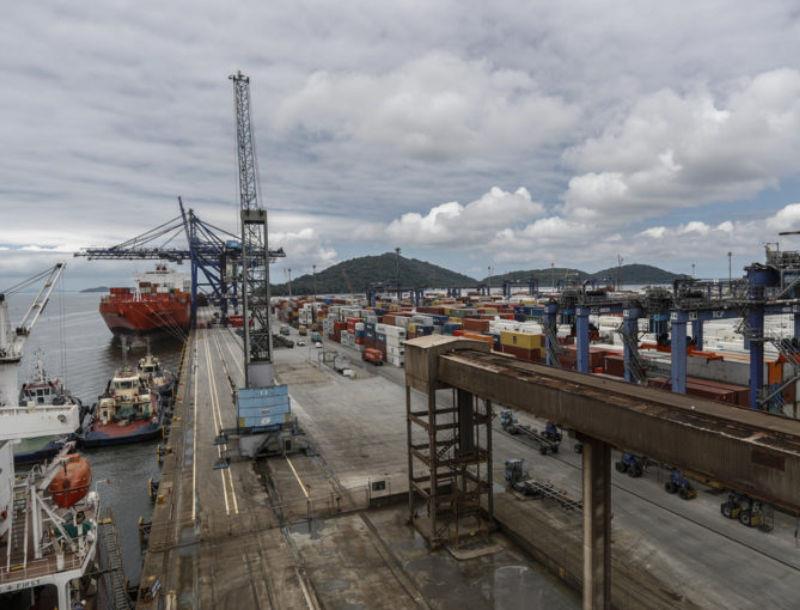
Port of Paranaguá timeline
The history of the port initiated on October 1st, 1853, when the Captaincy of the Port of Paranaguá was created. Twenty years later, in 1873, the port was named after Dom Pedro II.
In 1885, the port was established as ground zero of the recent railway line and, on May 23rd, 1917, the services of the port became the responsibility of the Paraná state government.
The important cycle of wood exportation started in 1920 and the official construction of the port began on November 24th, 1926, to be inaugurated in 1933.
On July 11th, 1947, Administração dos Portos de Paranaguá, a state agency, was created. Eight years later in 1955, the coffee cycle replaced the wood cycle.
In 1965, the port became the largest coffee exporter in the world.
In 1971, as a result of a state law promulgated, Port of Paranaguá was now managed by APPA (Administração dos Portos de Paranaguá e Antonina), a state autarchy created in 1968.
In 1998 was inaugurated the Terminal de Containers de Paranaguá (TCP, acronym in Portuguese for Containers Terminals of Paranaguá) and two years later the port received, from the International Association of Ports, the gold plaque for technological advances.
2007 was another important milestone for Port of Paranaguá as it became the leader in grain exports in Latin America.
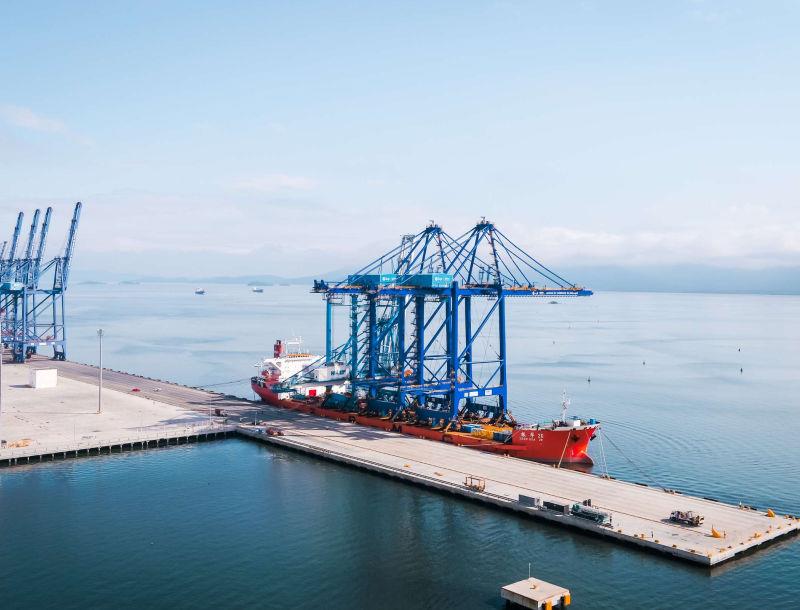
Logistic details of Port of Paranaguá
Port of Paranaguá holds an area of 171,500m² and a wharf 2,486m long, with 16 berths.
For solid bulk, it counts on 5 mooring points that together sums a storage capacity of more than 1 million tons.
There are 24 warehouses in the Port destined for general and containerized cargo, which totals 65,560m² or 375,144m³, in addition to yards for trucks, parking lots and a maneuver area of 91,250m².
As for liquid bulk, they are handled in two piers 143m and 184m long by Petrobras. For storage, there are 35 tanks of which 3 has a capacity of 177,411m³ each.
Terminal de Containers do Paraná, formed by TCP Terminal and TCP Log, completed its expansion works in 2019, which cost more than R$600MI and it’s considered the largest project of ports infrastructure in the last years in Brazil.
By the end of the expansion works the Terminal’s wharf reached 1,099m long and 50m wide and a has now a shipping capacity of 2,5MI TEUs per year.
Port of Paranaguá shipping data in 2021
According to ANTAQ (the Brazilian National Agency for Ports and Navigation), in the first quarter of 2021, the port handled 16.5 million tons, 0.35% more than the same period in 2020.
Out of these, 10.5 million tons (5.12% decrease) were exported, while 5.9 million (11.70% increase) were imported.
As for the cargo nature, there were 11.2 million tons of solid bulk (68.3% of all shipping), 3.5 million of containerized cargo (21.5%), plus 7.3% of solid and gaseous bulk and 3% of general cargo.
Important to highlight that out of all the cargo handled, 15.3 million tons were shipped over the long haul.
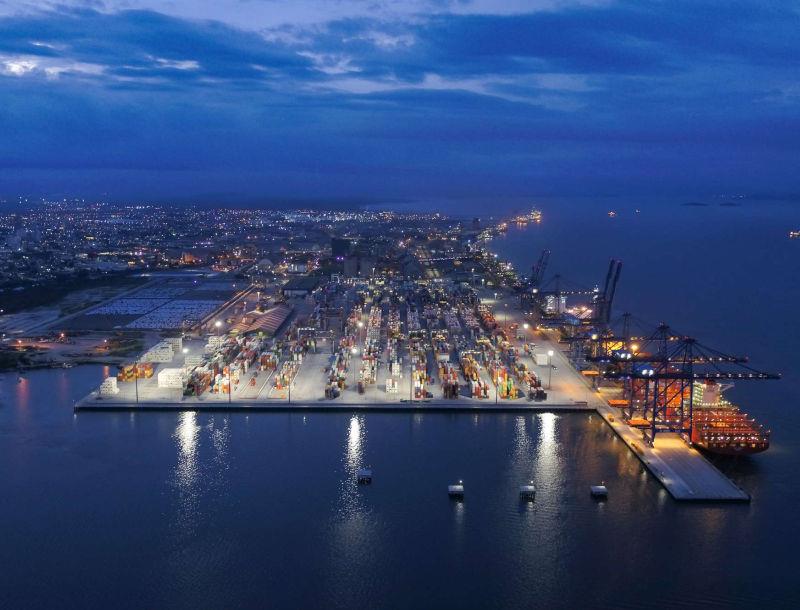
News about Port of Paranaguá
The pandemic of the new coronavirus has caused several challenges to maritime transport in general, but even so, the Port of Paranaguá managed to beat its own record of movements in 2020.
According to APPA, more than 57 million tons were handled in total, 8% higher than 2019.
As expected, the agricultural sector is the main responsible for these numbers: there were 14.2 million tons of soy, 5.4 million tons of soy meal and 2.5 million tons of corn shipped.
Another highlight point that draws attention this year is the amount of investment to be raised by the port in the coming months.
Between public and private sources, nearly R$3 billion will be used to improve the structure for receiving cargo and shipping operations, according to APPA.
In addition, part of the amount will be used to install a hopper for railway unloading (R$450 million) and to remodel the export corridor specialized in grains (R$1 billion).
To bear part of the costs, the Port will raise funds through an international competition auction, which should take place now in the second semester of 2021.
If it goes as planned, the works should start in early 2022 and will take 24 months to be completed.

Final Considerations
Well, dear reader, did you already know that the Port of Paranaguá plays such an important role in Brazilian maritime modal?
What is the most interesting thing you have learned about the Port from our text?
Would you like to add something else? Share your comment below, we’re gonna love to spread this knowledge away.
Veja Também
 CONEXO’s 32nd Anniversary brings news of major changes
CONEXO’s 32nd Anniversary brings news of major changes
 AEO Certificate: What is it, its importance, and its benefits
AEO Certificate: What is it, its importance, and its benefits
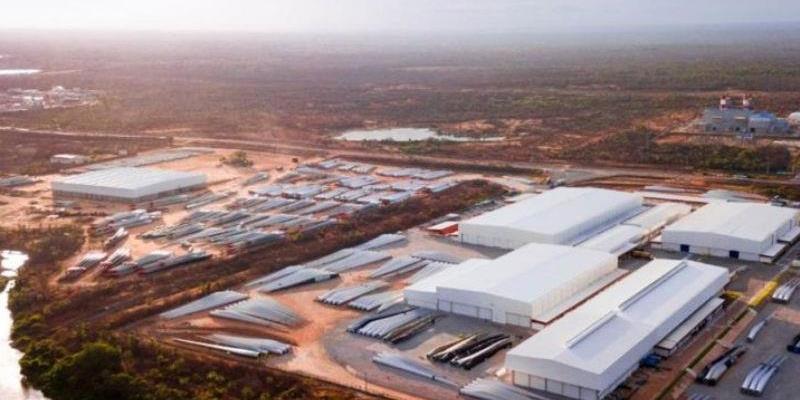 What you need to know about the Port of Pecém
What you need to know about the Port of Pecém
 Conexo has been awarded AEO Accreditation
Conexo has been awarded AEO Accreditation
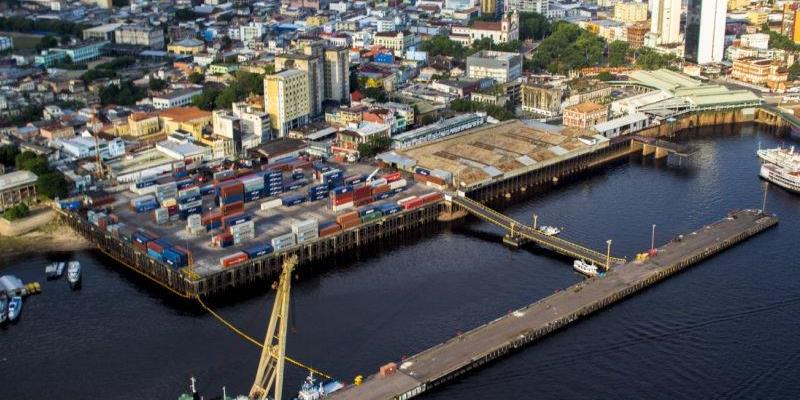 What you need to know about Port of Manaus
What you need to know about Port of Manaus
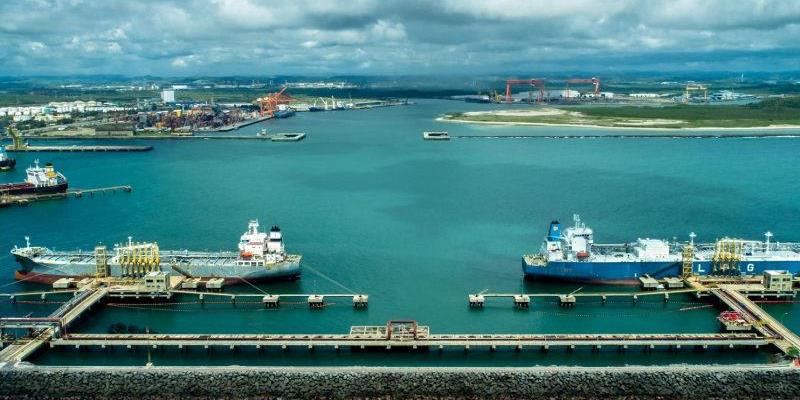 What you need to know about the Port of Suape
What you need to know about the Port of Suape
